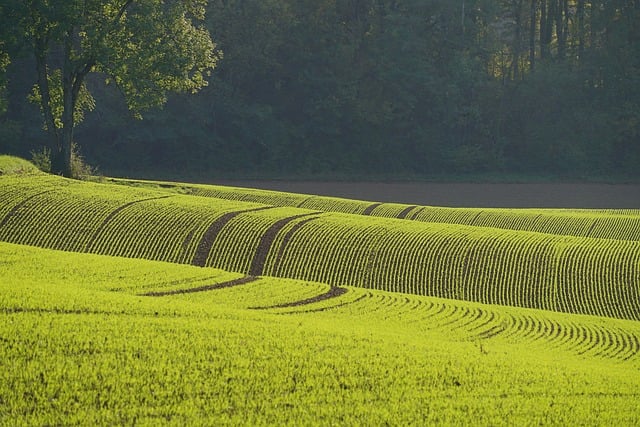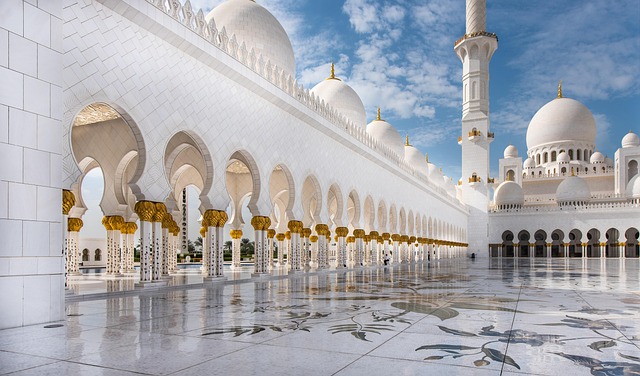When we think of pastoral landscapes, our minds often drift towards idyllic scenes of rolling hills, lush greenery, and serene calm. However, the term extends far beyond mere geography; it encompasses the spiritual landscapes that have shaped human experiences for millennia. In this exploration, we delve into how religion has not only influenced these beautiful scenes but has also created spaces of connection, reflection, and reverence.
Religion has always had a profound relationship with nature. From the sacred groves of ancient cultures to the tranquil gardens of modern faiths, the natural world serves as a canvas for spiritual expression. Consider the pastoral beauty found in the religious texts of various cultures: visions of a promised land, parables centered around farming and shepherding, and timeless metaphors highlighting the harmonious bond between creator and creation. These narratives resonate deeply within us, evoking feelings of peace and belonging.
Take for example the lush landscapes depicted in Christianity, where the Good Shepherd tends to his flock in verdant pastures. This imagery offers not only a connection to faith but also a celebration of the natural world around us. Churches and cathedrals are often built in awe-inspiring locations—on hilltops, near rivers, and overlooking the vast expanses of creation—drawing congregants to reflect on their spiritual journeys amidst breathtaking vistas.
In the world of Buddhism, we find that the serenity of nature is not only a backdrop but a teacher. The ancient practice of meditation often takes place in tranquil environments, allowing individuals to connect deeply with their inner selves. The pastoral beauty of a quiet forest or a gently flowing stream becomes a sanctuary for spiritual growth and insight, reinforcing the belief that nature itself is an extension of divine wisdom.
Moreover, many Indigenous religions hold a sacred relationship with the land, viewing it as a living entity filled with spirit and purpose. The preservation of sacred sites—mountains, rivers, and forests—underscores the importance of the pastoral landscape in fostering spiritual connection and cultural identity. These spaces breathe life into rituals and traditions, creating vibrant communities woven together by shared reverence for the earth.
As we navigate through these sacred landscapes, we are reminded that the beauty of religion is not solely found in places of worship but is intricately tied to the world around us. Understanding the pastoral dimensions of faith can offer us solace, inspire compassion, and foster a deeper respect for both our spiritual paths and the environment we inhabit. Ultimately, the interplay between religion and nature invites us to slow down, appreciate the beauty before us, and perhaps find a piece of ourselves within this pastoral tapestry of life.


